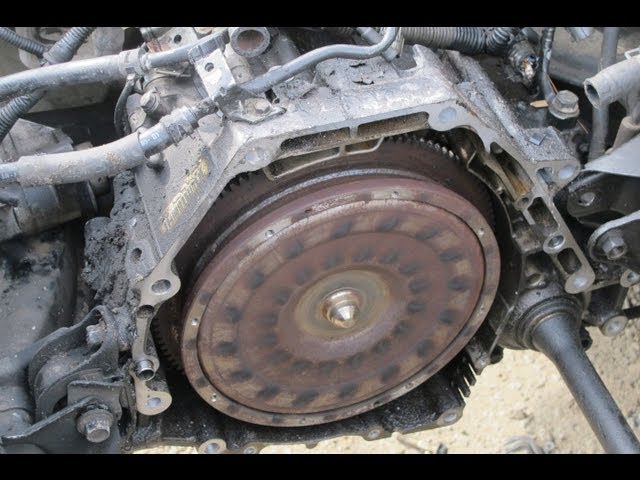Yes, automatic transmissions have a flywheel, but it’s called a flexplate.
While both flywheels and flexplates serve similar purposes, the design and function vary slightly depending on whether the transmission is manual or automatic.
What’s the Difference?
Flywheel (Manual Transmission)
- Heavy, solid metal disc
- Connects to the clutch
- Stores rotational energy and helps smooth out engine pulses
- Often includes gear teeth for the starter motor
Flexplate (Automatic Transmission)
- Thinner, lighter metal plate
- Connects the engine to the torque converter
- Also has gear teeth for the starter motor
- Provides a similar balancing and rotational function as a flywheel
So while your automatic car doesn’t have a traditional flywheel, it does have a flexplate, which plays a comparable role in transmitting engine power to the transmission.
Why It Matters
- If your vehicle has starting issues or vibration, a damaged or cracked flexplate could be the cause
- It’s essential for smooth power delivery and proper starter engagement
Final Thoughts
Yes, automatic cars have a flywheel-like component called a flexplate.
It connects the engine to the torque converter and is crucial for starting and smooth operation. While it’s not technically a flywheel, it serves many of the same functions in an automatic transmission system.










